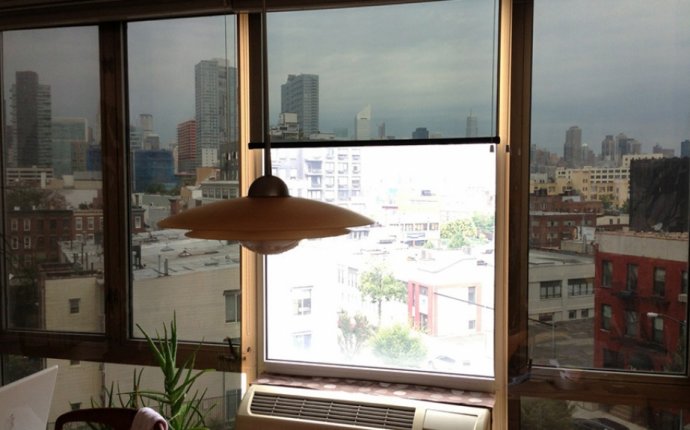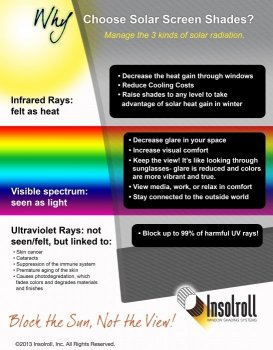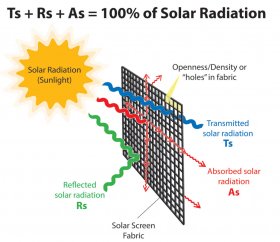
UV Blocking Windows Screen

Solar shades block infrared rays- we feel them as heat
- Decrease the heat gain through windows
- Reduce cooling costs
- Raise shades to any level to take advantage of solar heat gain in winter
Solar Shades Block Visible spectrum Rays: light
- Decrease glare
- Increase visual comfort
- Keep the view! Like looking through sunglasses- glare is reduced and colors are more vibrant and true.
- View media, work or relax in comfort
- Stay connected to the outside world
Solar shades block damaging ultraviolet rays (unseen or felt UV rays)
- Block up to 99% of harmful UV rays
- Lower risk of skin cancer and cataracts/eye damage
- Prevent suppression of the immune system
- Lessen premature aging of the skin
- Greatly decrease photodegredation (fading and cracking of home materials and finishes)

Understanding solar/optical/thermal factors
Part of the information collectively known as “fenestration data”
What is sunlight?
What we call “sunlight” is the energy, or radiation that comes from the sun. Some of it is visible, some is not visible. The visible and invisible combined, or “spectrum”, make up what we see as light, feel as heat, and UV (ultraviolet) rays that are not seen or felt, but have damaging effects on skin, eyes and furnishings. See solar spectrum diagram.
Solar transmittance (Ts): The proportion of solar energy transmitted through the fabric alone. A low percentage indicates fabrics that reduce solar energy well.
Solar reflectance (Rs): The proportion of solar energy reflected away by the fabric alone. A high percentage indicates fabrics that reflect solar energy well.
Solar absorptance (As): The proportion of solar energy absorbed by the fabric alone. A low percentage indicates fabrics that absorb little solar energy.
All of the available solar radiation is either transmitted through, absorbed by or reflected by the fabric. The total value of all 3 percentages equals 100% of the available solar radiation.
Ts + Rs + As = 100% of solar energy
Openness factor (or Density): Measurement of the relative area of the fabric’s openings, or holes. The more open the fabric, the more solar radiation passes through open space rather than fabric, affecting the overall performance and amount of glare protection, heat protection, and view through. Fabric color itself does not affect openness across a fabric product line.
Visible light transmittance (VLT): The percentage of the available visible light allowed to pass through the solar screen shade and window combined. VLT is impacted by the openness factor, fabric color, and the amount of light that transmits through the fabric. A low figure (









